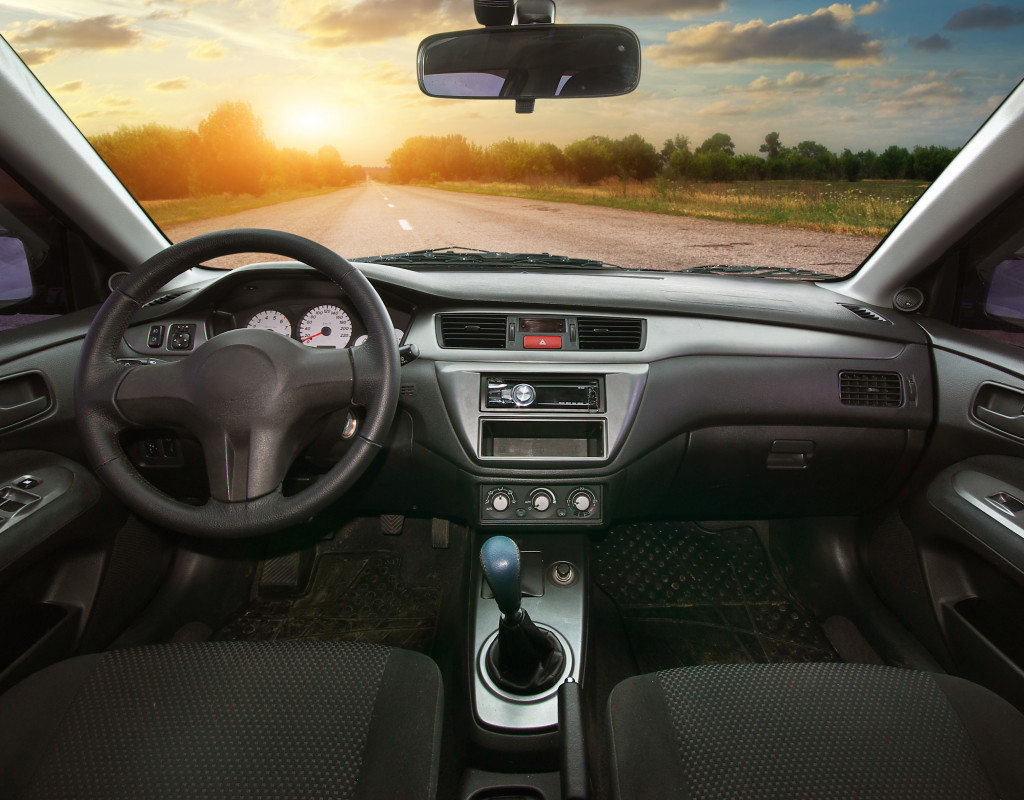We all know that a dashcam is an essential part of your vehicle safety. It gathers data about an incident that might have happened in front of you and use it for legal purposes. On the other hand, dash cams can also record the best memories you could have in your journey. If you don’t have one in your car, you’re certainly missing out on quite a lot.
If you wish to enjoy the benefits of a dashcam, you need a brief understanding of what it really is. In this article, we’ll teach you how a dash cam works and what are your mounting options when it comes to installing it inside your car.
Some laws surround dashcam mounting safety, and it would be to the best of your interests if you follow them. This will ensure that you, your passengers, and other drivers are safe on the road. Having said that, here are some things you need to know about dash cams.
How Does a Dashcam Work?
The dynamics of how a dashcam works often depend on what type of dashcam it is. However, despite varying features from one model to another, each dashcam’s basic principle remains. That means, for a dashcam to be fully effective, it needs three things.
Camera
The first primary component of every dashcam is, obviously, a camera. The camera is what captures the data that will be stored in the dashcam.
There are many types of cameras used in dashcams, and the quality of each one depends on the model. You have to ensure that your camera’s resolution is more than enough to capture what you want to capture.
Storage
Once the camera gathers data, they need to be stored. Otherwise, there’s no point in having a dashcam. That’s where the storage comes in.
Different models have different features when it comes to storage. For example, some dashcam has removable storage, which means you can upgrade it with a higher capacity. On the other hand, some dashcam storage can overwrite old footage, which allows it to run continuously.
Power Source
Lastly, you will need a power source for the entire device to run. For older dashcam models, they are often plugged into the car’s cigarette lighter. However, this would mean that your dashcam would also stop running once you turn your car off. That’s why other dashcams often have a built-in battery. The battery allows them to run even when your engine is off, letting them capture what’s happening inside or outside the car while you’re away.


Dashcam Mounting Solutions
There are many ways on how to mount your dashcam. This, of course, exempts the rearview dashcam because obviously, you already know where it’s located. On the other hand, here are the most common mounting solutions for the other type of dashcams.
Dashboard
The first mounting solution we’ll talk about is dashboard mounting. The entire dashboard can be a mounting place for dashcams.
After all, that’s where the term dashcam came from, right? You need to keep in mind that the dashcam should not obstruct your line of view while you’re driving.
Suction Mount
This is also quite popular among car owners. Suction mounts are almost always installed on the windshield. Sometimes, these are placed at the topmost center of the windshield for a wider capture range. In the same manner as the dashboard camera, wherever you prefer to install the suction mount, it should not block the driver’s line of view. However, you may want to be a little careful with this because too much tension from a suction mount can actually damage your windshield. Ensure that you also know where to find services for auto glass repair if you have already installed this mounting solution for your other devices.
Rearview Mirror
A rearview mirror is also a mounting option for other types of dashcams. Some dashcams may be clipped onto the mirror, while others may be placed behind it, providing discretion. Just make sure the dashcam is not blocking the mirror’s view. That’s because it will be quite difficult to check the view from behind your car.
A dashcam is currently one of the most popular car accessories you could ever have. That’s because it does not just capture memories for you to cherish but also ensures that you have a record of everything that happens inside and outside your car. Understanding how it works and knowing where to place it is vital in maximizing its capabilities.
